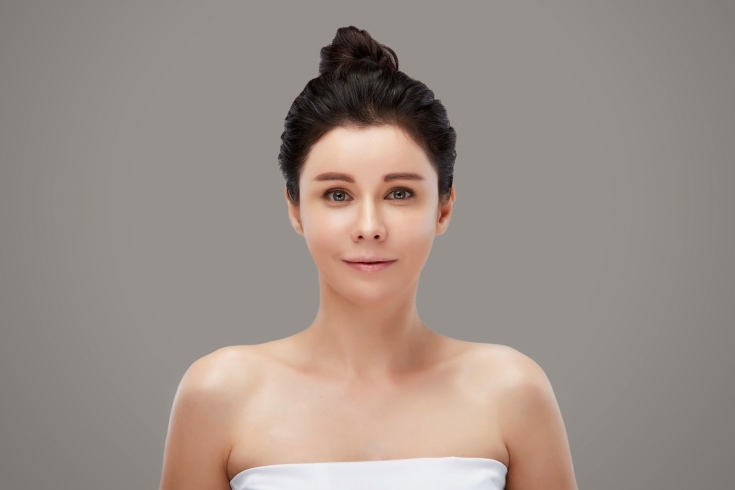The shape of the forehead attracts attention at the first meeting with a person and even encourages the creation of a first impression of him. In society, the idea has long been that the high "Socratic" the forehead belongs to the intellectuals and thinkers, and the low one belongs to the declassed elements. In the European Middle Ages, a woman with a high-shaven forehead became the ideal of beauty, and in the paintings of the French impressionists of the 19th century, women have a small and stubborn forehead. Despite artistic and social canons, each person has their own ideas about which forehead is considered ideal. Today's possibilities of plastic surgery allow you to make a correction in natural features. About the possibilities of frontoplasty will tell estet-portal.com.
Indications for frontoplasty and features of the operation
Like any plastic surgery, frontoplasty has medical and aesthetic indications. From a medical point of view, frontoplasty is justified in case of injuries or congenital defects of the facial part of the skull, with broken symmetry of parts of the face, which significantly worsens the aesthetic appeal of the face and reduces the quality of life of the patient. Frontoplasty may be acceptable if the shape of the forehead is so disliked by the patient that it interferes with his social life. Forehead plastic surgery, in addition to returning self-confidence, allows you to:
- correct height, width, bulge of forehead;
- increase or decrease the size of the eyebrows;
- transfer hairline;
- correct slight frontal deformities, asymmetry of the features.
An additional bonus of frontoplasty is getting rid of wrinkles on the forehead. Like most plastic surgeries, frontoplasty has typical contraindications:
- under 18 years of age;
- pregnancy period;
- tumor processes, diabetes mellitus, some other chronic diseases;
- infectious diseases in the acute stage;
- blood clotting disorders;
- presence of inflammatory processes, dermatoses in the area of the proposed operation.
Of course, before prescribing frontoplasty, the doctor will conduct a thorough examination, collect an anamnesis, assess the patient's expectations and the possibilities of correction, and offer a computer simulation of the expected result.

Choice of frontoplasty technique and expected results
Forehead contour and dimensions can be corrected in three ways. Implants installed on the bone will help to change the shape of the forehead. They are made of safe and durable materials, installed firmly without the risk of migration. Thanks to the implants, it is possible to slightly push the forehead, give it a softer, more expressive shape with smooth lines.
Another form of frontoplasty concerns correction by reducing the frontal bone. In this case, the bone bridges are removed just above the superciliary arches, the frontal bone, as it were, is transferred a few millimeters up. At the same time, the hairline can be slightly lowered and the shape of the eyebrows adjusted.
Frontoplasty requires considerable experience and professionalism from the surgeon. It is necessary to adjust the forehead so that its new shape does not violate the harmony of the face and its proportions, and is combined with the line of the cheekbones and chin.
Another option of frontoplasty is used to correct deep eye sockets and a pronounced heavy forehead. In this case, they work with the contour of the frontal bone at the junction of the eyebrows and nasal airways.
Frontoplasty belongs to the category of difficult operations. It requires a long general anesthesia and a long rehabilitation period. After the correction, the patient wears a special bandage, after a day of observation in the clinic he is discharged home, but for a long time he has swelling in the upper third of the face, a violation of sensitivity. The first results of the operation can be assessed after about a month, the final results can be judged no earlier than after 3 months.
Read also: Healing of wounds on the skin after surgery: what can a cosmetologist do for rehabilitation







Add a comment